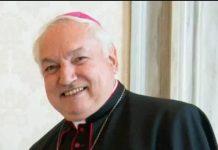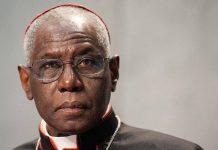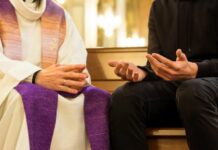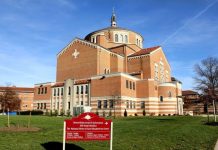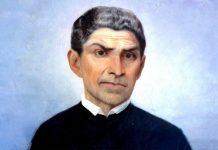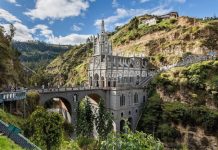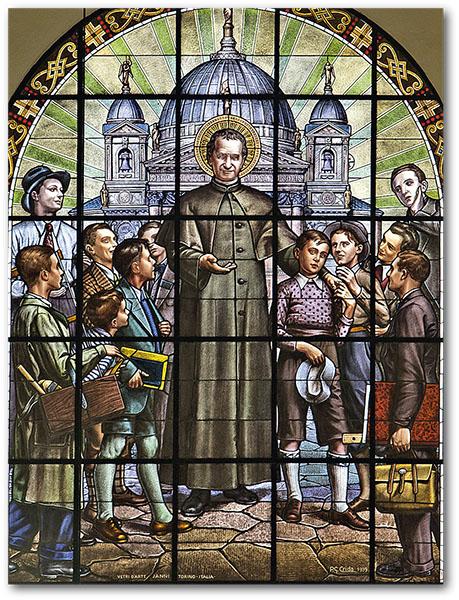The Christian education of youth was his mission. What were his secrets as a teacher?
Newsdesk (02/09/2024 11:40, Gaudium Press) John Bosco is one of the most popular saints in the Church. The son of Francis Bosco and Margaret Occhiena, humble residents of Murialdo, located in the province of Turin, he was born on August 15th, 1815.
When he was two years old, his father died, and Margaret took on the responsibility of bringing up her son, instilling in him simplicity, a love of work and an appreciation for prayer. Eager to learn, with an excellent memory and a keen sense of observation, John gradually improved his education, helped by the parish priest Father Calosso, who gave him some grammar lessons.
At the age of nine, he had a dream that had a significant impact on his life. Our Lady was accompanying him alongside a group of unruly boys who were treating him badly. Despite his desire to react, Our Lady gave him the message: ‘Not with violence, but with love. Become strong, humble and resilient. In time, you will understand everything.’ From that moment on, he decided to consecrate his life to Christ and the Blessed Mother. He greatly wanted to be a priest and said: ‘When I grow up, I want to be a priest to look after children. Children are good; if there are bad children, it is because there is no one to look after them’.
The time had come for the young man to choose his path and John Bosco didn’t hesitate to embrace his calling to the priesthood. Initially inclined to join the Franciscans, he abandoned this plan on the advice of his confessor, Father Cafasso, director of the Institute of St. Francis.
In 1835 he entered the seminary in Chieri and was ordained a priest on June 5th, 1841. He immediately showed his apostolic zeal. On December 8th of the same year, he began his youth apostolate in Turin, teaching catechism to a poor boy, Bartholomew Garelli. Thus he began the work of the Oratories, designed to protect children from religious ignorance and corruption in difficult times.
In 1846, he settled permanently in Valdocco, a neighbourhood of Turin, and founded the Oratory of St. Francis de Sales there. Later, in 1855, he named his collaborators Salesians. In addition to the Oratory, he built a vocational school, a gymnasium and a boarding school, among other facilities. In 1859, he gathered the first group of young educators at the Oratory, thus founding the Salesian Congregation.
With the collaboration of St. Mary Domenica Mazzarello, he founded the Institute of the Daughters of Mary Help of Christians in 1872, with the aim of educating young women. In 1875, he sent the first group of missionaries to South America.
He often had dreams of a supernatural nature, in which he received insights into his pupils’ state of mind and past and future events. Even without material resources, with determination and, in particular, with unwavering trust in Mary Help of Christians, he managed to realize great apostolic projects in various nations.
The secret of St. John Bosco’s discipline
According to St. John Bosco’s preventive method of education, education is not just about keeping all the pupils in order and quiet in a classroom so that the teacher can effectively pass on his teachings. The good educator must know how to mold the personality of his disciples, correcting defects, stimulating qualities and making them love the principles that will guide their lives. In a good education, religious formation takes centre stage, because without the love of God and the help of grace, no one can overcome bad inclinations and practise virtue steadily.
It is said that a minister of the Queen of England, visiting the Oratory of St. Francis de Sales in Turin, was ushered into a large room where five hundred young people were studying. He couldn’t help but marvel at this crowd of students observing a strict silence, even though no one was watching them. His admiration was even greater when he learned that during the whole year there was not a single word of dissent, not even a single occasion to punish or threaten punishment.
– How is it possible to achieve such silence, such perfect discipline? – he asked. Turning to his secretary, he ordered him to write down the reply.
– Sir,’ replied the establishment’s superior, ’the means we use cannot be used in your country.
– Why is that? – asked the minister.
– Because they are secrets revealed only to Catholics.
– And what are these secrets?
– Frequent confession and Communion. Mass every day and well attended.
– You’re right,’ said the minister. We lack such means of education. But aren’t there others?
– If we don’t make use of the elements that religion provides, we have to resort to threats and punishment.
The English minister remained silent, although he assured him that he would repeat what he had learned. [1]
Once, a rector of the major seminary in Montpellier sent a letter to Don Bosco, asking what the secret was of the pedagogy that he used. Don Bosco’s reply surprised him: “I get everything I want from my boys, thanks to the fear of God instilled in their hearts.”
Saint John Bosco died on January 31st, 1888. He was beatified in 1929, canonized by Pius XI in 1934, and proclaimed the ‘model par excellence’ for priests and educators.
[1] The fact described is taken from a conference of Plinio Corrêa de Oliveira’s on January 30th, 1967.
The post Back to School with St. John Bosco appeared first on Gaudium Press.
Compiled by Roberta MacEwan





